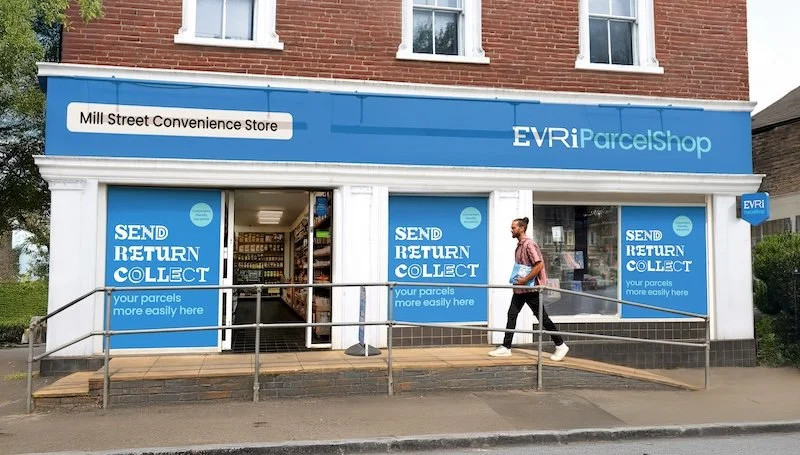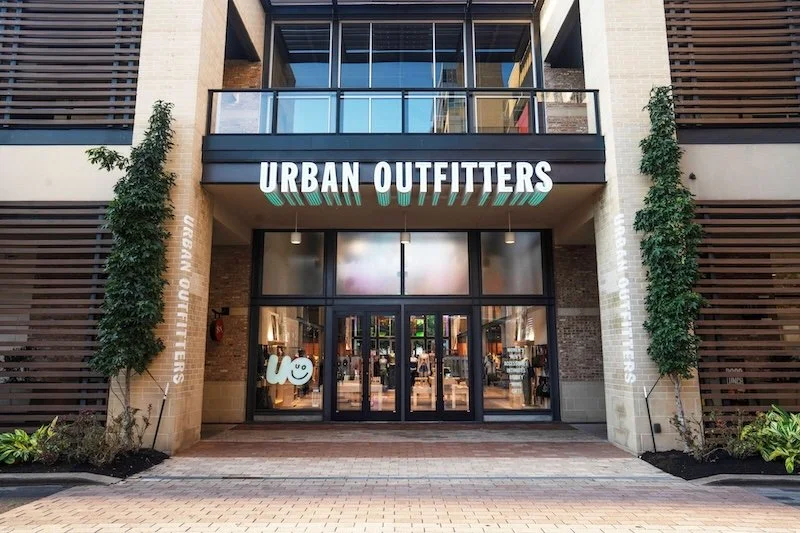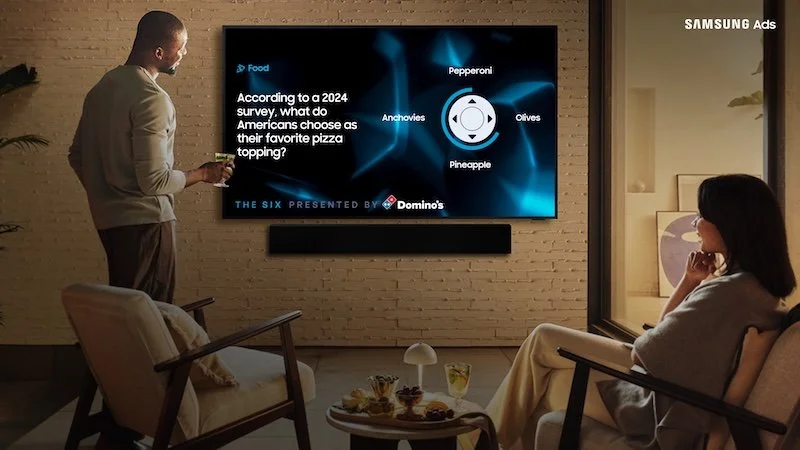Nearby Computing: edge automation for managing the lifecycle of container applications in retail
Is modernising IT infrastructure, the primary focus for quick service restaurant (QSR) operators?
Operators are embracing edge computing technologies in the intensely competitive landscape where speed and efficiency directly influence profitability. The goal is to optimise operations and enhance customer service.
Operators are utilizing containerised applications, which enable various components of the restaurant to function independently. The NearbyOne platform centralises application management across all distributed locations, providing a seamless “single pane of glass” interface. The edge orchestration software also facilitates the monitoring, control, and updating of applications without the need for on-site IT personnel.
Reasons why application management is complex in the quick service restaurant industry:
High customer turnover rates
Faster order processing
Decentralised operations
Even the retail sector shares the same goal of creating an efficient and customer-friendly environment that encourages quick transactions. NearbyOne, which serves retailers and QSRs, allows smooth integration between containerised applications and physical infrastructure, optimising both for improved performance.
Capabilities of NearbyOne for application management in QSRs
1. Remote management
Are you concerned about managing remotely deployed edge applications in a distributed network? The NearbyOne platform offers remote management capabilities that enable operators to efficiently streamline the installation and onboarding process for new store locations. As edge computing expands across various sites, our edge orchestration supports scalability, making it easier to deploy applications, configure devices, and update software across multiple locations.
2. Regional deployments and upgrades
With a centralised platform, restaurant operators can deploy software updates to their containerized applications on a regional basis, enabling them to manage deployments according to specific locations, cities, or other regional groupings. For instance, if a new application feature or a security update needs to be implemented across all stores in Barcelona, operators can roll-out this update simultaneously across those locations.
The platform's capability to facilitate automated updates through a unified interface minimizes the risk of outdated operating systems and other software components. IT teams can efficiently manage infrastructure upgrades with minimal disruption to store operations.
3. Application autonomy
Do you worry about network connectivity in your distributed edge environment? In situations where network connectivity may be unreliable, application autonomy is vital in ensuring that each store can operate independently. The self-healing capability enables applications to identify and resolve issues in real time, thereby minimising downtime. NearbyOne is designed to support application autonomy.
4. Edge native monitoring and observability
Do you find it difficult to manage thousands of edge applications? Are you worried about scaling the infrastructure because of monitoring issues? NearbyOne's centralised interface offers a robust solution for operators. It enables the management of performance across a spectrum of locations, from a few restaurants to thousands of sites. This unified interface allows IT teams to monitor application health and manage resource allocation.
Unlike traditional monitoring tools, edge native orchestration provides real-time insights into each application’s performance, ensuring that local operations are optimised. This is particularly beneficial in quick service restaurants. Latency sensitive applications - such as Point of Sale systems and self-service kiosks - demand consistent performance to foster an uninterrupted customer experience.
5. Distributed security
Is security another concern in controlling the infrastructure? The platform protects the data transmitted between central management platforms and edge locations. To secure this communication, the platform uses an encrypted, private network or “mesh” network.
Conclusion
Most quick service restaurant operators strive for an efficient and resilient IT infrastructure for their applications. A key component in achieving this is the adoption of edge native orchestration and monitoring, which effectively addresses the specific requirements of containerised edge applications.
Such applications benefit from an application management platform that enables seamless operations across various locations, all controlled through a centralised and user-friendly interface. NearbyOne provides a suite of capabilities. By utilising this platform, the operators can enhance their operational flexibility, ensuring they remain competitive in an ever-changing market environment.































Continue reading…